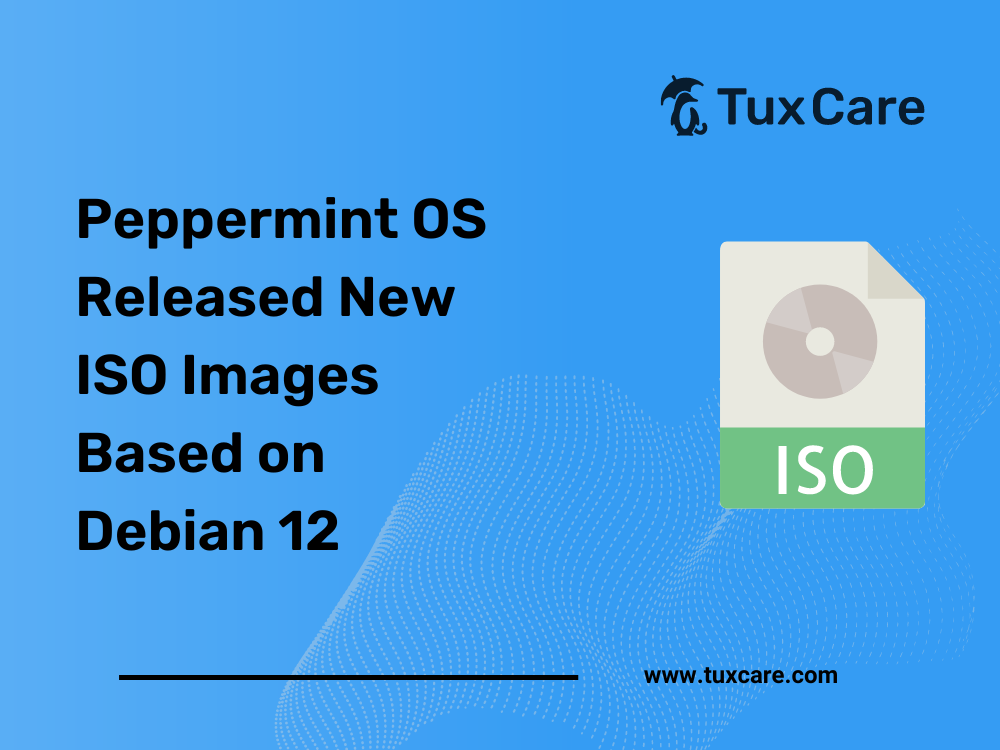Peppermint OS Released New ISO Images Based on Debian 12
Peppermint OS, a popular lightweight distribution aimed at providing a user-friendly experience for Linux enthusiasts, has recently announced the availability of new ISO images. These images are based on the latest Debian GNU/Linux 12 “Bookworm” operating system series, offering Linux system administrators an updated and improved platform for their daily tasks.
Peppermint OS: New Updates
The updated Peppermint OS release includes the latest packages from Debian 12 and brings several enhancements and refreshed artwork to the table. Notable updates include refreshed branding, a new Plymouth boot splash screen theme, and new Marawaita themes and Tela icons. These aesthetic improvements contribute to an enhanced visual experience for users.
The Welcome screen and Peppermint Hub have been updated to further maximize usability based on user feedback. This ensures that the features align with user expectations and preferences. The Kumo utility, designed for managing cloud accounts, also boasts a simplified graphical user interface (GUI) and utilizes the efficient Lua programming language. Moreover, the neofetch utility has been adjusted to provide basic output without a logo, streamlining system information display.
This Debian 12-based Peppermint OS release also introduces an updated Calamares graphical installer, which reduces the overall installation time. Furthermore, the Peppermint documentation has been meticulously updated to give users access to accurate and relevant information.
Existing Peppermint OS users currently running Debian GNU/Linux 11 “Bullseye” can seamlessly upgrade their installations to this new version based on Debian GNU/Linux 12 “Bookworm” by following Debian’s recommended upgrade process. This process involves modifying the repositories to point to the “Bookworm” ones, enabling a smooth transition to the latest release.
Alternatively, users can utilize the upcoming Peppermint OS upgrade tool to update the operating system and upgrade the Peppermint tools. For those interested in fresh installations, these new ISO images are readily available for download from the official website.
Conclusion
Peppermint OS continues to focus on providing the Linux community with a lightweight distribution suitable for everyday use. By default, it features the Xfce 4.18 desktop environment. And with its latest release based on Debian GNU/Linux 12 “Bookworm”, it empowers Linux system administrators with an updated platform that meets their evolving needs.
It’s worth noting that Peppermint OS also offers Devuan-based ISO images that exclude the systemd init-system. However, these images are currently based on the previous Debian GNU/Linux 11 “Bullseye” operating system series. The Peppermint OS team plans to rebase these images on Debian GNU/Linux 12 “Bookworm” later.
The sources for this article include a story from 9to5Linux.



 Documentation
Documentation Login
Login



